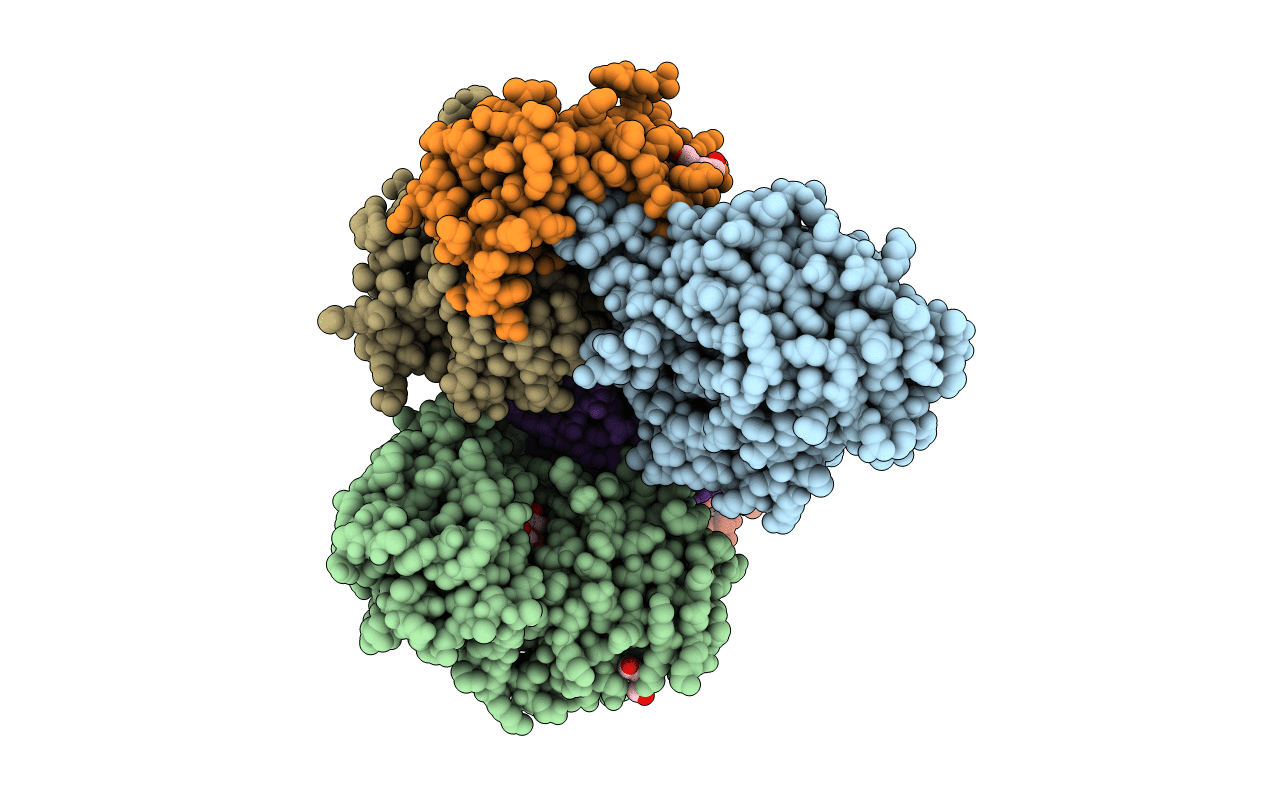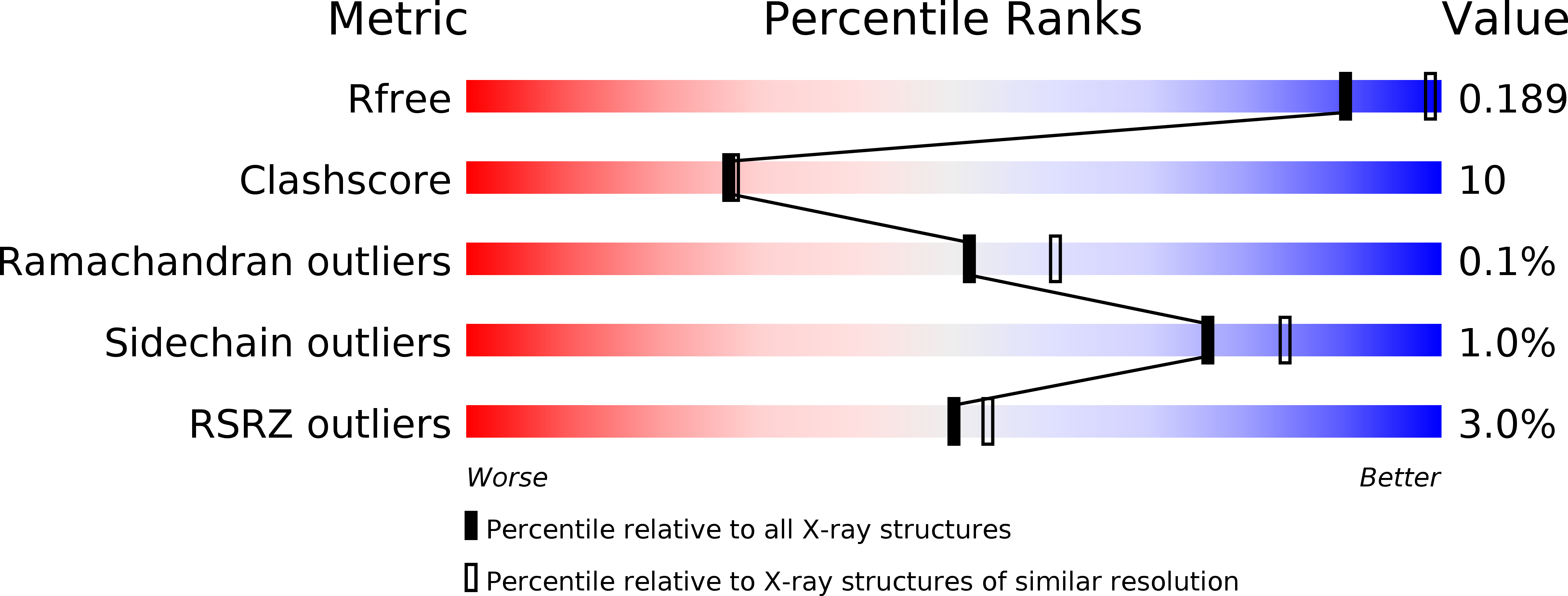
Deposition Date
2015-01-20
Release Date
2016-02-03
Last Version Date
2024-01-10
Entry Detail
PDB ID:
4XR8
Keywords:
Title:
Crystal structure of the HPV16 E6/E6AP/p53 ternary complex at 2.25 A resolution
Biological Source:
Source Organism:
Escherichia coli (Taxon ID: 83333)
HOMO SAPIENS (Taxon ID: 9606)
Human papillomavirus type 16 (Taxon ID: 333760)
HOMO SAPIENS (Taxon ID: 9606)
Human papillomavirus type 16 (Taxon ID: 333760)
Host Organism:
Method Details:
Experimental Method:
Resolution:
2.25 Å
R-Value Free:
0.24
R-Value Work:
0.19
R-Value Observed:
0.19
Space Group:
P 1 21 1


